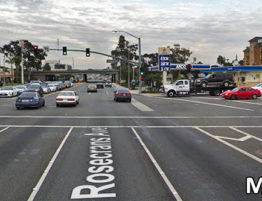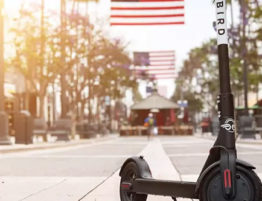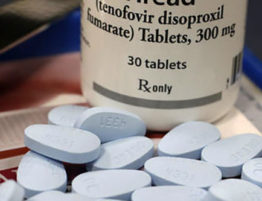
The last few years have seen an exponential influx in the development and deployment of self-driving vehicles. This has led to an arms race between manufacturers like Tesla, Uber, Google and General Motors.
If you’re wondering who will be liable in the event of a self-driving vehicle’s crash, then you are not alone. It’s a topic that has begun and will continue to plague the legal system for years to come.
It is already becoming apparent that there is a level of arbitrariness when dealing with these situations. For example, if a partially self-driving vehicle is in autopilot mode and the sensors which are used to keep it on course fail, leading to an accident, who is liable? Some of the possibilities include:
-
The operator of the vehicle
-
The manufacturer of the vehicle
-
The manufacturer of the autopilot software
-
The manufacturer of the autopilot’s hardware (ex: sensors)
As you can see the problem will become significantly more complex than it is currently. It’s likely that no single entity will be liable, but instead there may be percentages of fault allocated. Perhaps the manufacturer of the vehicle is partially to blame because they didn’t properly implement redundant methods of detection and avoidance. On the other hand, maybe the owner was notified by the car that a sensor was failing and procrastinated having it serviced (akin to ignoring the “Check Engine” light today).
In the United States, both the federal and state governments have already begun to adapt to self-driving vehicles. The National Highway Traffic Safety Administration (NHTSA) has released “A Vision for Safety” and “A Vision for Safety 2.0” in an effort to both encourage and guide development of autonomous driving systems.
In conjunction with the Society of Automotive Engineers (SAE), the NHTSA has even gone as far as to define levels of automation for a vehicle. The scale, which is made up of six levels, starts with humans in full control at level zero and ends with full automation at level five. Using this scale, humans retain liability until level two.
Of course the Department of Transportation (DOT) has and will have much to say about self-driving vehicles, especially considering they will be in charge of creating the practical federal regulations that the vehicles are subject to on the roads. Additionally, the SELF Driving Act and AV Start (written in response to it) both aim to clarify some of the roles of manufacturers and governmental policies moving forward.
And then there is the individual state legislation that will continue to adapt in it’s own ways, based largely on how much stomach each has for promoting innovation while incurring some burden of uncertainty in the beginning stages.
Self-driving cars have begun and will continue to revolutionize our roads. There is very little doubt that future drivers will enjoy exceptional levels of safety as human error is removed more and more from the streets. Unfortunately, when it comes to resolving liability the US generally uses the court system to hash out the details by setting precedent.
Over time and as more crashes occur, cases will begin flowing into the courts and we will begin to get a better picture of how courts allocate fault. Until that happens, we’re just going to need to sit back, relax and enjoy the technological revolution that is at-hand.
John Rosenbaum is a Personal Injury and Workers Compensation attorney that has been practicing in Orange County for decades. If you are in need of legal assistance, contact our offices today to find out what we can do for you.










Write a comment: